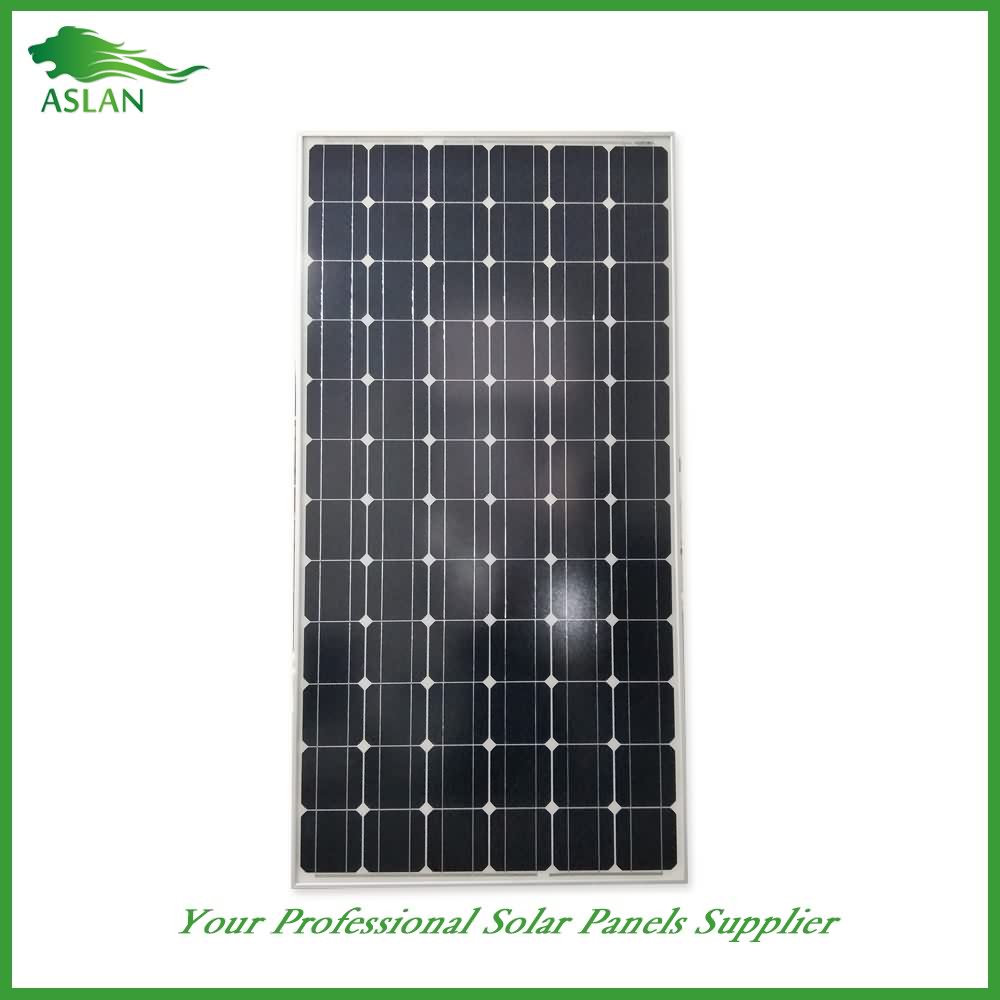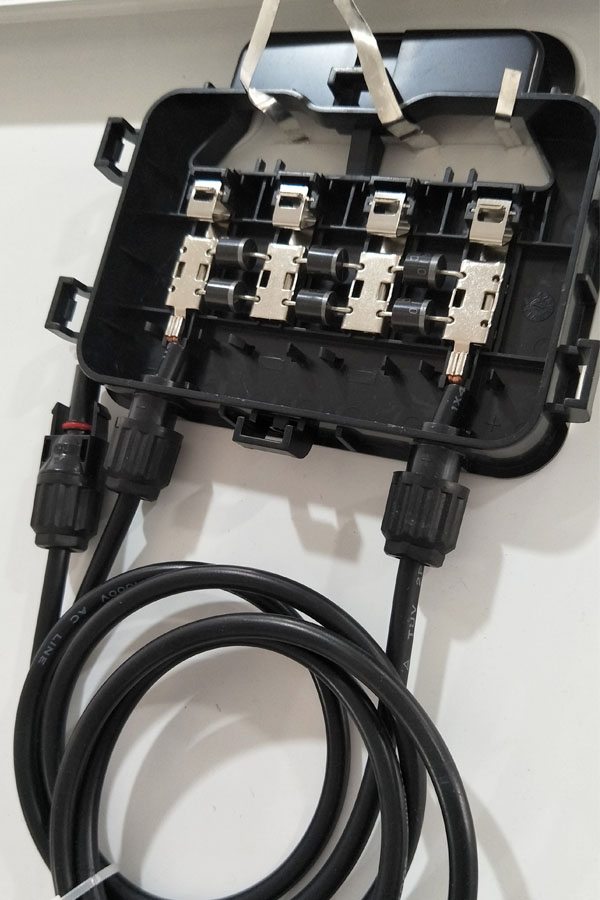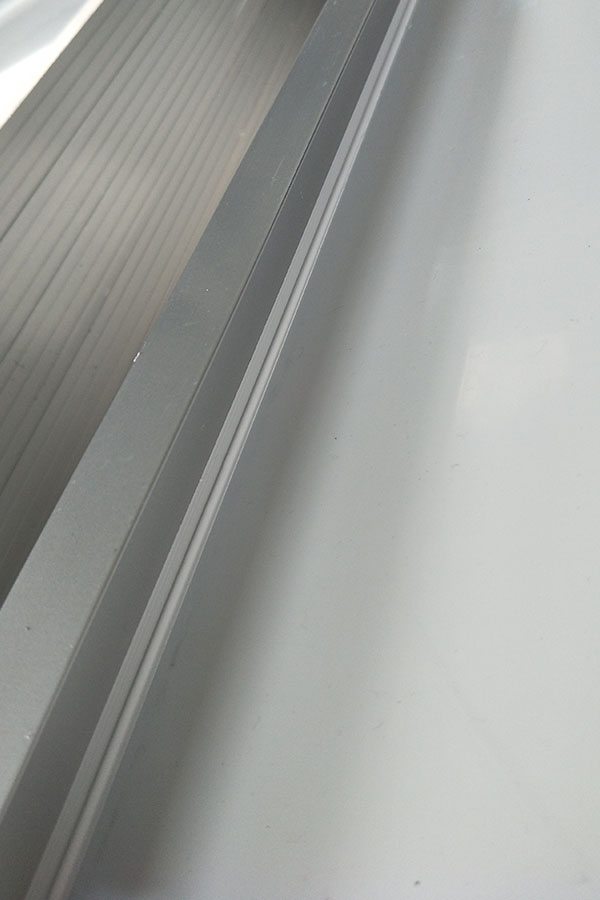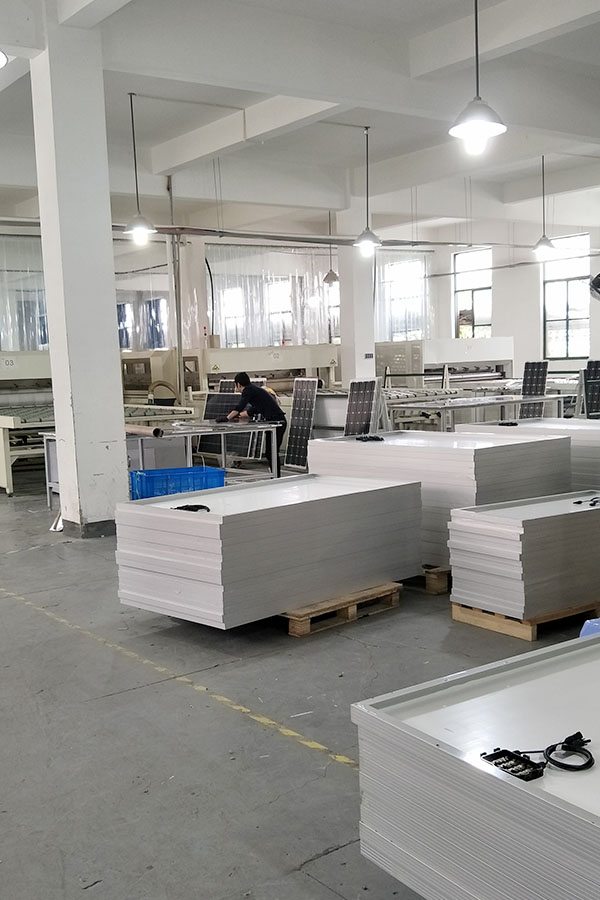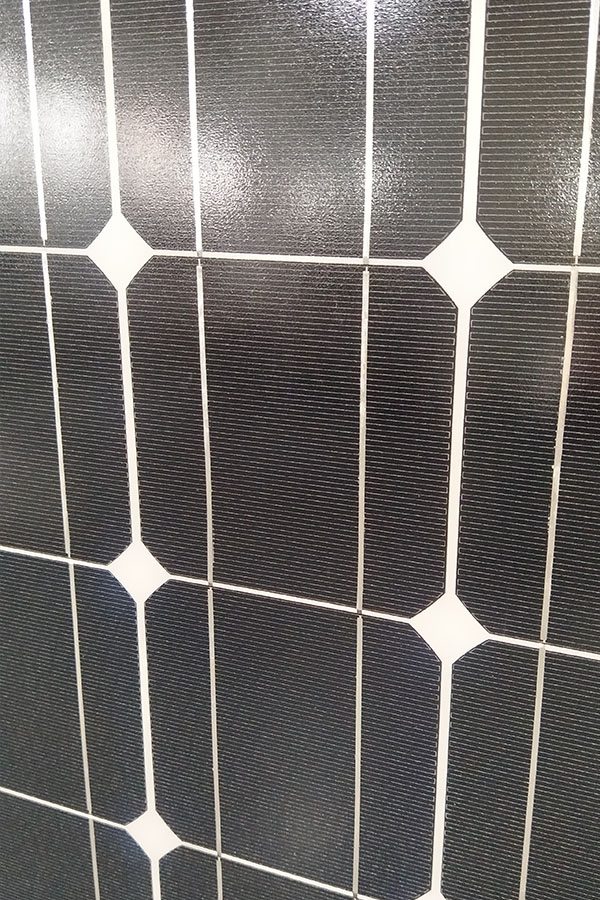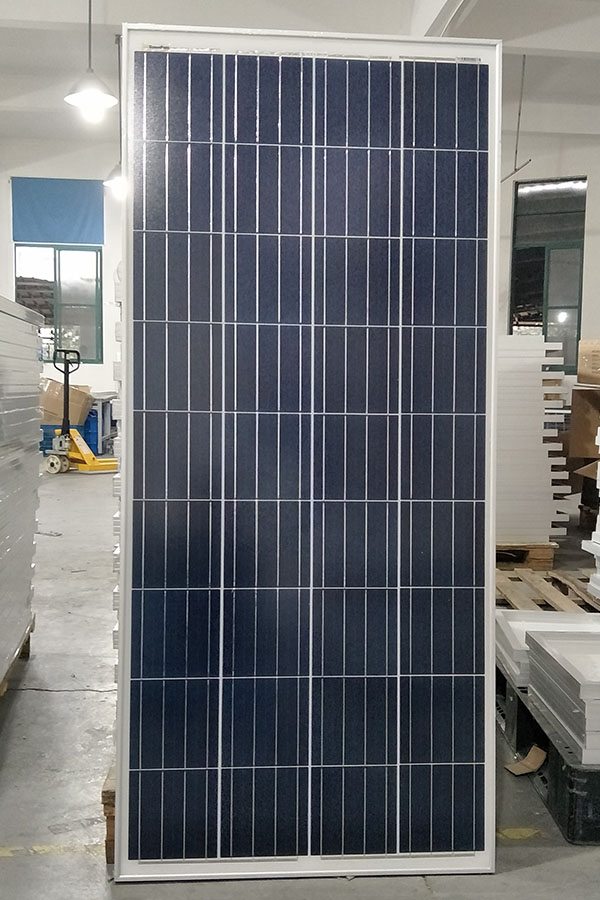10 Years Factory Mono-Crystalline 300W Solar Panel Supply to French
Short Description:
We consistently carry out our spirit of ''Innovation bringing development, Highly-quality ensuring subsistence, Management promoting benefit, Credit attracting customers for 10 Years Factory Mono-Crystalline 300W Solar Panel Supply to French, We will supply best quality, the most market competitive price, for every new and old customers with the most perfect green services.
Mono-Crystalline 300W Solar Panel
Technical parameter
Maximum Power(W) 300W
Optimum Power Voltage(Vmp) 37.45V
Optimum Operating Current(Imp) 8.15A
Open Circuit Voltage(Voc) 45.60V
Short Circuit Current(Isc) 8.91A
Mechanical Characteristics
Cell Type Monocrystalline 156x156mm (6 inch)
No of Cell 72 (6x12pcs)
Dimensions 1950x990x50mm
Weight 22.1Kg
Front Glass 3.2mm,High Transmission, Low Iron,Tempered Glass
Junction box IP65 Rated
Output Cable TUV 1×4.0mm2/UL12AWG,Length:900mm
Temperature and Coefficients
Operating Temperature(°C): -40°C ~ + 85°C
Maximum System Voltage: 600V(UL)/1000V(IEC) DC
Maximum Rated Current Series: 15A
Temperature Coefficients of Pmax: -0.47%
Temperature Coefficients of Voc: -0.389%
Temperature Coefficients of Isc: 0.057%
Nominal Operationg Cell Temperature (NOCT): 47+/-2°C
Materials of solar panel
1).Solar Cell——Mono-crystalline solar cell 156*156mm
2).Front Glass——-3.2mm, high transmission, low iron, tempered glass
3).EVA——-excellent anti-aging EVA
4).TPT——-TPT hot seal made of flame resistance
5).Frame——anodized aluminum profile
6).Junction Box——-IP65 rated, high quality, with diode protection
Superiority: high quality anodized aluminum frame, high efficiency long life, easy installation, strong wind resistance, strong hail resistance.
Features
1. High cell efficiency with quality silicon materials for long term output stability
2. Strictly quality control ensure the stability and reliability, totally 23 QC procedures
3. High transmittance low iron tempered glass with enhanced stiffness and impact resistance
4. Both Polycrystalline and Mono-crystalline
5. Excellent performance in harsh weather
6. Outstanding electrical performance under high temperature and low irradiance
Quality assurance testing
Thermal cycling test
Thermal shock test
Thermal/Freezing and high humidity cycling test
Electrical isolation test
Hail impact test
Mechanical, wind and twist loading test
Salt mist test
Light and water-exposure test
Moist carbon dioxide/sulphur dioxide
Get more info on Amazon-US: http://bit.ly/29iuGLC
The Gpr-m Series is single output, 180w, linear Dc power supply, featuring all the same functions as the Gpr-h but for lower demands. Like the Series, the are suitable for high-end precision bench top applications. load and regulation for both constant voltage and current mode ensure reliable, predictable output. Overload and reverse polarity protection as well as internal selection for dynamic or are standard. Operation: Regulation: less than or equal to 0.01 percent + 3mv, or to + 5mv (less 10a), or to 0.02 + (greater or to 10a). Ripple and Noise: or to 1mvrms (5hz to 1 Mhz). Recovery Time: 100 microseconds (50 change, minimum 0.5a). range: 0 to rating continuously adjustable. or to 0.2 + 3ma, or to + 3ma. Current: or to 3marms. 0 to Meter: 3-1/2 digital 0.5″ Led display; Accuracy +/-(0.5 of reading + 2 digits). Insulation: Chassis and Terminal: 20 megohm or above (dc 500v). and Ac Cord: 30 or Source, Bandwidth: Ac 100v/120v/220v/240v +/-10 percent, 50/60hz. Accessories: user manual x 1, x 1, test lead Gtl-104 x 1. Measures 255mm by 145mm height by 335mm depth.
Note: I’ve tried uploading this a few times now to try to get the full 1080 HD quality looking good … but YouTube keeps compressing it too much. Anyone got any ideas/hints about how to get the video to look as crisp as the file on my computer?
I’ve seen plenty of similar videos/images around, but I don’t think I’ve yet seen one that makes use of actual images (rather than computer generated images), let alone images captured by an amateur astronomer. I’ve also not seen many of these types of videos try to give a sense of interplanetary distances. So this is my attempt.
I intend to improve this video over time! So please give feedback! What did you like, what didn’t you like? Are the images left on screen long enough? Did it all make sense, or could some parts use better explanation?
Enjoy!
